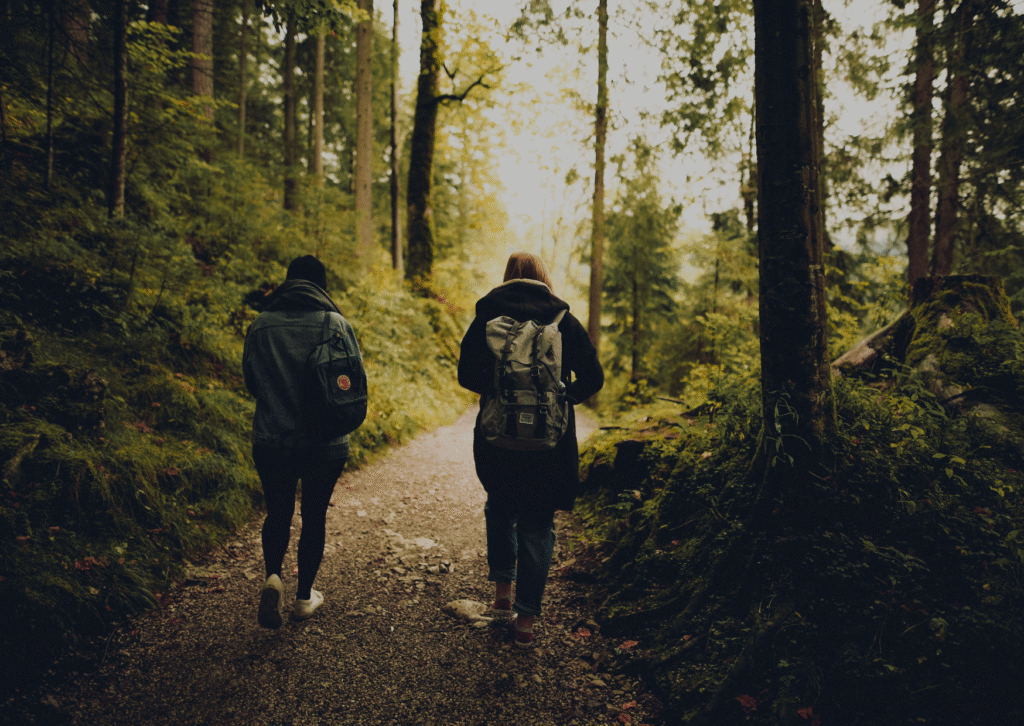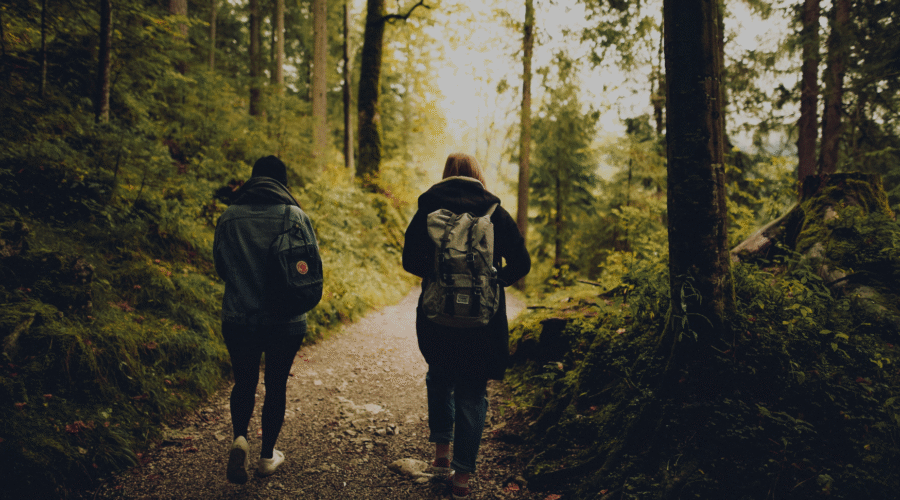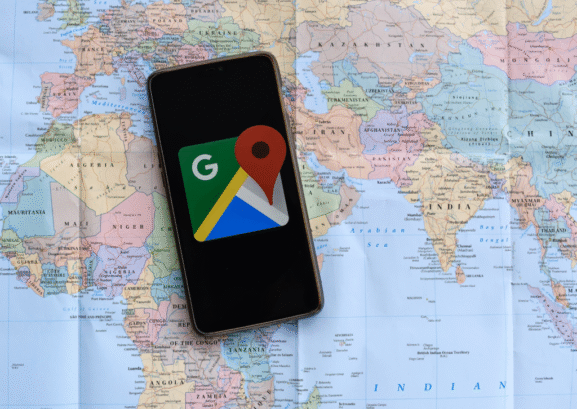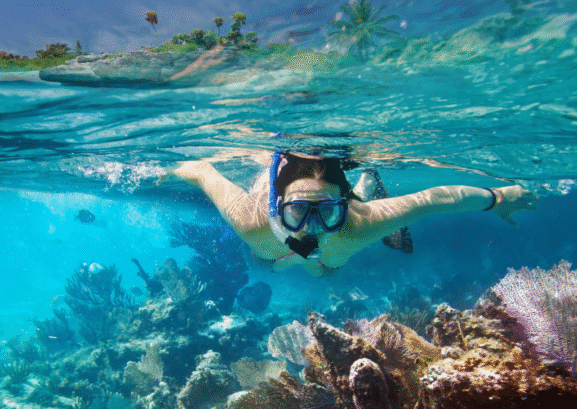Eco-Tourism in Punta Cana: the exclusive Wildlife

Punta Cana is more than just beaches and resorts—it’s home to rich biodiversity, protected areas, and unforgettable natural experiences. Eco-tourism is gaining popularity as travelers seek meaningful, low-impact adventures that support the environment and local communities. In this guide, we’ll explore the top eco-tourism activities in Punta Cana, from cenotes and nature reserves to wildlife encounters and sustainable tours.
1. Indigenous Eyes Ecological Reserve
Located inside the Puntacana Resort & Club, this private reserve features 12 freshwater lagoons, five of which are swimmable. The area is rich in native plants and wildlife, and the shaded trails make it a perfect morning or afternoon eco-experience. Entry fees support conservation efforts.
2. Scape Park and Hoyo Azul
This eco-adventure park in Cap Cana offers thrilling attractions like zip lines and cave walks, but also highlights natural beauty like Hoyo Azul—a turquoise cenote surrounded by cliffs and jungle. A guided hike leads you to the cenote, with opportunities to swim and learn about native species.
3. Ojos Indígenas Foundation and Sustainability Programs
This non-profit promotes conservation, education, and sustainable development in the region. Visitors can learn about local ecology, join reforestation projects, and support initiatives that preserve Punta Cana’s natural heritage.
4. Monkeyland and Local Animal Sanctuaries
Located in the hills near Anamuya, Monkeyland allows visitors to interact with friendly squirrel monkeys in a natural setting. The sanctuary also educates guests about animal care and environmental awareness in Punta Cana.
5. Eco-Friendly Excursions and Water Activities
Opt for kayaking through mangroves, paddleboarding in quiet lagoons, or snorkeling with certified guides who respect marine ecosystems. Several operators use solar-powered boats and avoid feeding or disturbing wildlife.
Quick Tips for Eco-Friendly Travel in Punta Cana
Use reef-safe sunscreen and reusable water bottles
Avoid touching or feeding wild animals
Choose tours with environmental certifications or local guides
Stay in eco-lodges or resorts with green practices
Respect trail signs, do not litter, and minimize plastic use
Top Eco-Attractions at a Glance
| Attraction | Experience Type | Best For | Entry or Tour Cost |
| Indigenous Eyes Reserve | Nature Walk + Swim | Families, Nature Lovers | $25–$50 |
| Hoyo Azul | Cenote + Hike | Adventurers, Photographers | Included in Scape Park |
| Monkeyland | Animal Encounter | Kids, Wildlife Fans | $70–$90 (with transport) |
| Kayak Eco-Tour | Mangrove Exploration | Couples, Solo Travelers | $50–$75 |
| Reforestation Tour | Volunteering | Eco-Conscious Travelers | Donation-based |
Frequently Asked Questions
Are eco-tourism sites kid-friendly?
Yes! Many sites like Monkeyland, Indigenous Eyes, and gentle kayaking tours are safe and fun for children.
Is it necessary to book eco-tours in advance?
Highly recommended, especially during high season. Some programs have limited group sizes for sustainability.
Do I need special gear?
Wear comfortable shoes, swimwear, and sun protection. Most gear like life vests or snorkels are provided by tour operators.
Sample Eco-Day Itinerary
8:00 AM – Visit Indigenous Eyes Ecological Reserve
11:00 AM – Transfer to Scape Park for a hike and swim in Hoyo Azul
2:00 PM – Lunch at an eco-lodge or local farm
4:00 PM – Guided kayak tour through mangroves or visit Monkeyland
6:00 PM – Return to resort
Best Time for Eco-Tourism in Punta Cana
December to April offers cooler weather and fewer rains, ideal for outdoor activities. Avoid hurricane season (Aug–Oct) if you’re planning full-day excursions. Mornings are best for spotting wildlife and avoiding crowds.
Eco-tourism in Punta Cana connects you to nature while supporting sustainability. Whether it’s swimming in a cenote, planting trees, or kayaking through mangroves, these experiences leave a lasting impact—on both you and the environment. Want your business featured in this category? Contact: partners@puntacanahotdeals.com
How to Be a Responsible Eco-Tourist
Travel in small groups to reduce environmental impact
Support community-run businesses and cooperatives
Ask questions—many guides are passionate educators
Leave nature untouched: take only photos, leave only footprints
Top Eco-Tours by Traveler Type
Families: Monkeyland and Indigenous Eyes offer safe, fun learning experiences for kids
Couples: Try a private kayak tour or early morning hike for a romantic nature outing
Solo Travelers: Reforestation programs or group snorkeling are perfect for meeting like-minded people
Seniors: Shaded trails and slow-paced nature walks are available at reserves like Ojos Indígenas
Positive Impact of Eco-Tourism in the Region
Eco-tourism efforts in Punta Cana have helped protect mangrove forests, restore native species, and fund environmental education programs. Visitor contributions also support waste management and water conservation in resort areas, improving sustainability for locals and tourists alike.
Common Eco-Tourism Mistakes to Avoid
Not checking activity difficulty—some trails or caves may be challenging
Forgetting mosquito repellent—especially in humid areas
Arriving without a reservation—many eco-tours limit daily visitors
Wearing heavy clothing—opt for light, breathable fabrics
Weather and What to Pack
Punta Cana’s tropical climate means heat and humidity year-round. Bring quick-dry clothing, extra water, a sun hat, and rain gear if traveling during the wet season. Closed-toe shoes are highly recommended for hiking and cenote visits.



